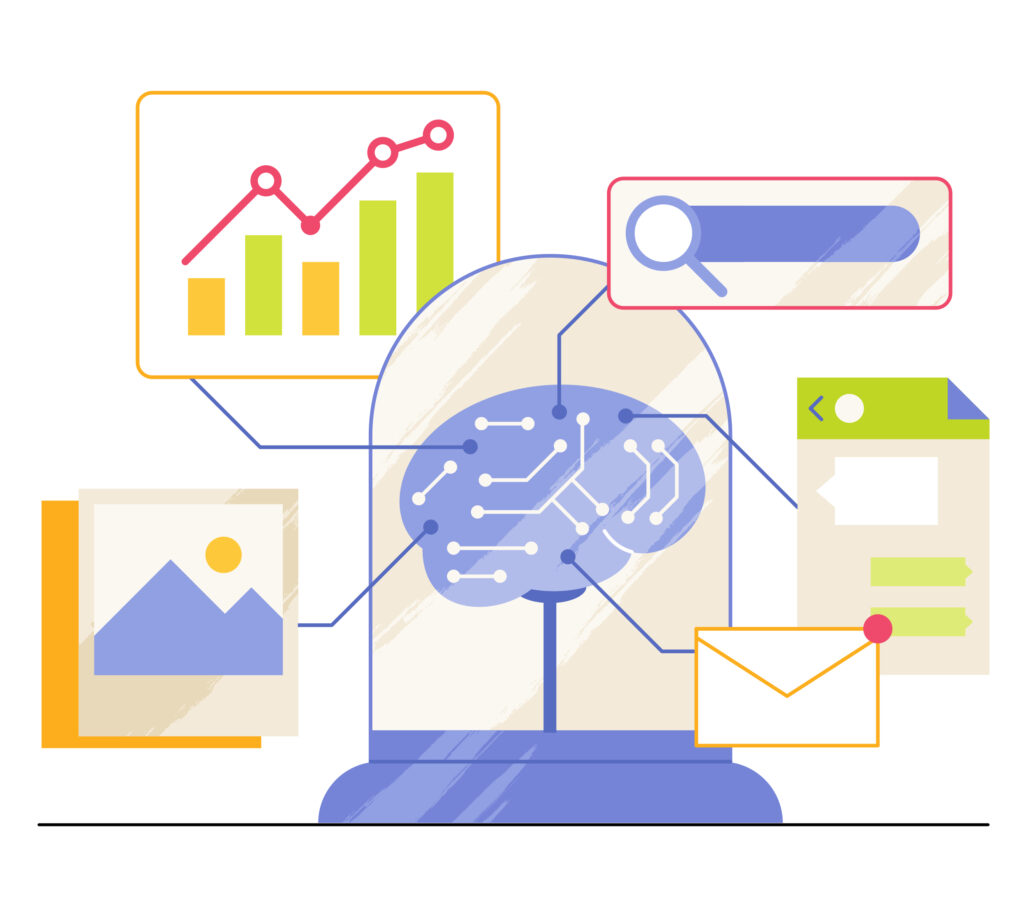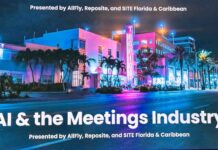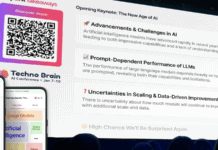 Incentive professionals share intel on harnessing artificial intelligence for efficiency and creativity.
Incentive professionals share intel on harnessing artificial intelligence for efficiency and creativity.
AI is on every planner’s mind these days. But, how is it actually being used? And what is its potential? Find answers in two newly released studies from the Incentive Research Foundation (IRF). Providing an overview of how industry professionals are using the technology, AI, Uses and Possibilities for Incentives Professionals suggests first steps and documents case studies that can enable current users to further harness its power. The AI Revolution: A Technical Review of AI Capabilities for Corporate Events, Rewards & Incentives includes in-depth analysis of its vast possibilities.
“From creating program structures to drafting communications and conducting data analysis, the use of AI tools is enabling incentives professionals to be more efficient and creative,” said Stephanie Harris, President, Incentive Research Foundation. “While there is some hesitation about embracing this technology, incentives professionals who have explored AI are impressed by the ease of use and how it can save time—and they are excited about the possibilities of more sophisticated applications.”
Here are some top takeaways from each study:
AI, Uses and Possibilities
• AI use among incentive industry professionals is still in its early stages. Most incentive professionals interviewed for the study who have explored it are using ChatGPT or a similar large language model to increase the efficiency of their marketing, writing and data analysis. Hesitation about the technology centers around privacy issues, accuracy and training time. All non-users of AI said that they recognize it is important to get past the hesitation, make time in their schedules and start familiarizing themselves with the technology.
• One way to manage some of the privacy concerns is to employ a private version of the technology. Private Generative AI delivers accuracy, helps protect copyrighted materials, and blocks data sharing from public models, creating a more secure and controlled environment.
• There is some difference of opinion about whether it is necessary to disclose when artificial intelligence is being used. Some are proudly disclosing to demonstrate adoption of the technology to their customers. Others believe clients expect them to be using it and it’s not important to call it out every time it’s being used. Within the incentives industry, it is important for suppliers and planners to come to agreements and have up-front discussions to ensure expectations around the use of Generative AI related to their programs.
• Utilizing AI to identify motivating and effective rewards structures for a group using data from past programs is an effective use of the technology. Some are using it today.
• Communications was a focus for all interviewees, who noted the power of Generative AI to deliver draft communications for program rules structures, updates and launches. But everyone was clear that communications must also include human oversight, review and intervention. Onsite, AI is readily available for things like push notifications in mobile apps, facial recognition in event photography, and writing emails or other communications to attendees to update them on any mid-program changes due to weather or other disruptions.
The AI Revolution
•Interviewees in this study are mostly on the forward edge of either AI adoption or AI tools design. For them, the integration of artificial intelligence into the incentives, travel and events industry has been a game-changer, one that is set to redefine industry practices. They stress the need to understand the technology, to be agile and adaptable in the face of rapid technological evolution, and to stay ahead of the curve to remain competitive in the marketplace.
•As the technology continues to evolve, interviewees expect it will bring increasingly sophisticated customization to the industry. For example, by offering individualized rewards and experiences through rapidly improving smart recommendations.
• The study includes comprehensive and in-depth overviews on the use of current and near-future artificial intelligence in incentives, rewards, events and travel—what’s possible now, what will likely be possible very soon, and how you might leverage AI in whatever aspects of the industry your business serves. There are four sections with detailed information: AI-Assisted Incentives and Rewards Design; Employee Recognition and Engagement; Advanced AI for Events, Meetings & Incentive Travel; AI-Assisted Management & Administration for Incentives Industry Professionals; and How AI is Changing the Business Landscape.
You May Also Be Interested In…
AI and the Meetings Industry: What Planners Need to Know










